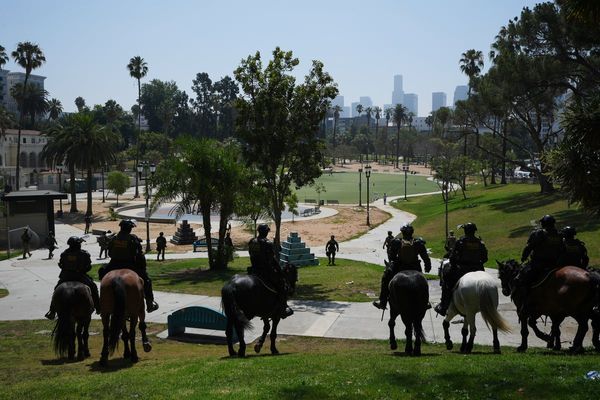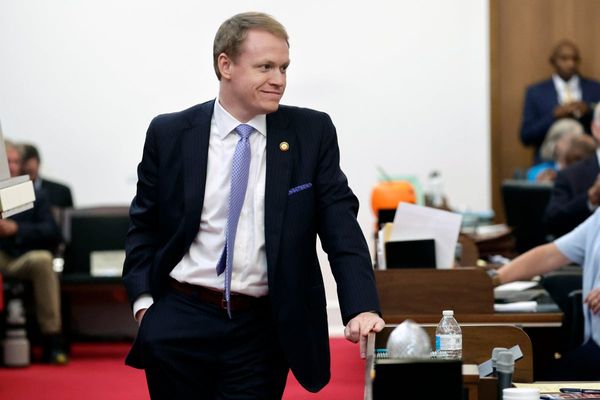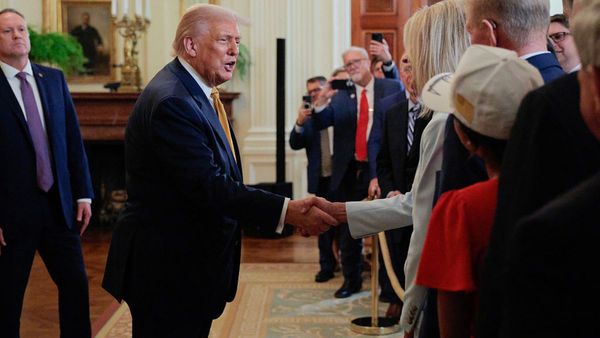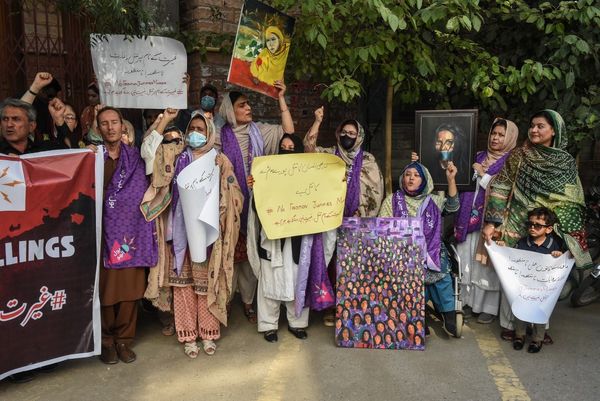The future of Western Australia's uranium industry is looking more uncertain, with just one of four projects now in a position to proceed.
At the start of 2017, just before the Liberal government lost power, four uranium projects had received ministerial approval to proceed.
The approval gave the companies, Toro, Vimy and Cameco (responsible for two projects), five years to demonstrate "substantial commencement" of their plans on site.
For three of those plans, that timeline has now expired, with just one project — Vimy's Mulga Rock north-east of Kalgoorlie — receiving notice that it has satisfied conditions and is able to proceed.
Since taking power in 2017, the WA Labor government has stipulated a "no uranium" condition on future mining leases.
It means for the foreseeable future, Vimy would likely head the only project that could progress to production and export, a milestone the company's interim chief executive Steven Michael said they expected to achieve by 2025.
In recent months, the company has undertaken an early-works program, clearing land, setting up communication and operational radiation management plans, and re-establishing an exploration camp.
"To date we are down about 5 metres below surface on the pit ramp ... and towards the end of last year we started construction of the water pipeline," Mr Michael said.
The company has also drawn up a conservation plan for the central dunnart, to protect the elusive marsupial.
Anti-nuclear campaigners continue to fight
There has long been opposition to uranium mining in WA and the expiration of three out of four permits is welcome news for the Conservation Council's anti-nuclear campaign coordinator, Mia Pepper.
Ms Pepper said those opposed to the projects, including some traditional owners, are pleased that three of the four projects which were "pushed through by the previous state government" can no longer proceed.
And she believes Vimy's project may also struggle to get off the ground given the current economics.
Ms Pepper says the potential health impacts on workers, mounting waste problems and concerns around rehabilitation will ensure the government maintains its strong opposition to the industry.
But she doesn't believe it's safe to turn her back just yet.
"There are a lot of moving pieces and anything could happen, and it would change the dynamics," Ms Pepper said.
"It's a relief to know that today, three uranium mines definitely can't proceed, and I think we've still got a bit of work to do to make sure that that win is definitely locked in."
WA's Mines and Petroleum Minister Bill Johnston confirmed to the ABC that "Cameco recently submitted an application to the Environment Minister asking to extend the time frame for the Yeelirrie project; the minister is currently reviewing this request."
Price and demand expected to rise
While the price of uranium has doubled over the past year, it still sits below the break-even point for many projects and the industry is far from its former glory.
Tribeca Investment Partners analyst Guy Keller notes the good news for potential producers is that more uranium is consumed each year globally than is produced.
"Fast forward to now, and there are maybe 40, and the global market capitalisation sits inside the market capitalisation of Fortescue."
But he said with more than 50 reactors currently being built across the world, plans for others, and small modular reactors set to hit the market, uranium demand is set to rise.
"The industry can't shrink any further; it has to start thinking seriously about where the supply is going to come from to meet that demand," Mr Keller said.
Part of the renewable energy future
Vimy sees the significant price increase last year as proof that, while nuclear power may not be part of Australia's future energy mix any time soon — it is currently prohibited at Commonwealth and state levels to allow a nuclear power plant in Australia — that is not the case in other parts of the world.
Mr Keller agrees, saying there is a want from investors to move away from carbon-heavy power generation to more green and renewable energy sources which is where the finance to get some of these projects off the ground will come from.
"You can sit hydrogen alongside a nuclear power plant as they are looking to do in China," he said.
"When your wind and solar is producing electricity for your grid, the nuclear power goes into your electrolyser to make hydrogen and your desalination plant to make water and you're able to use a holistic approach with nuclear, hydrogen and your weather dependant sources of electricity."







